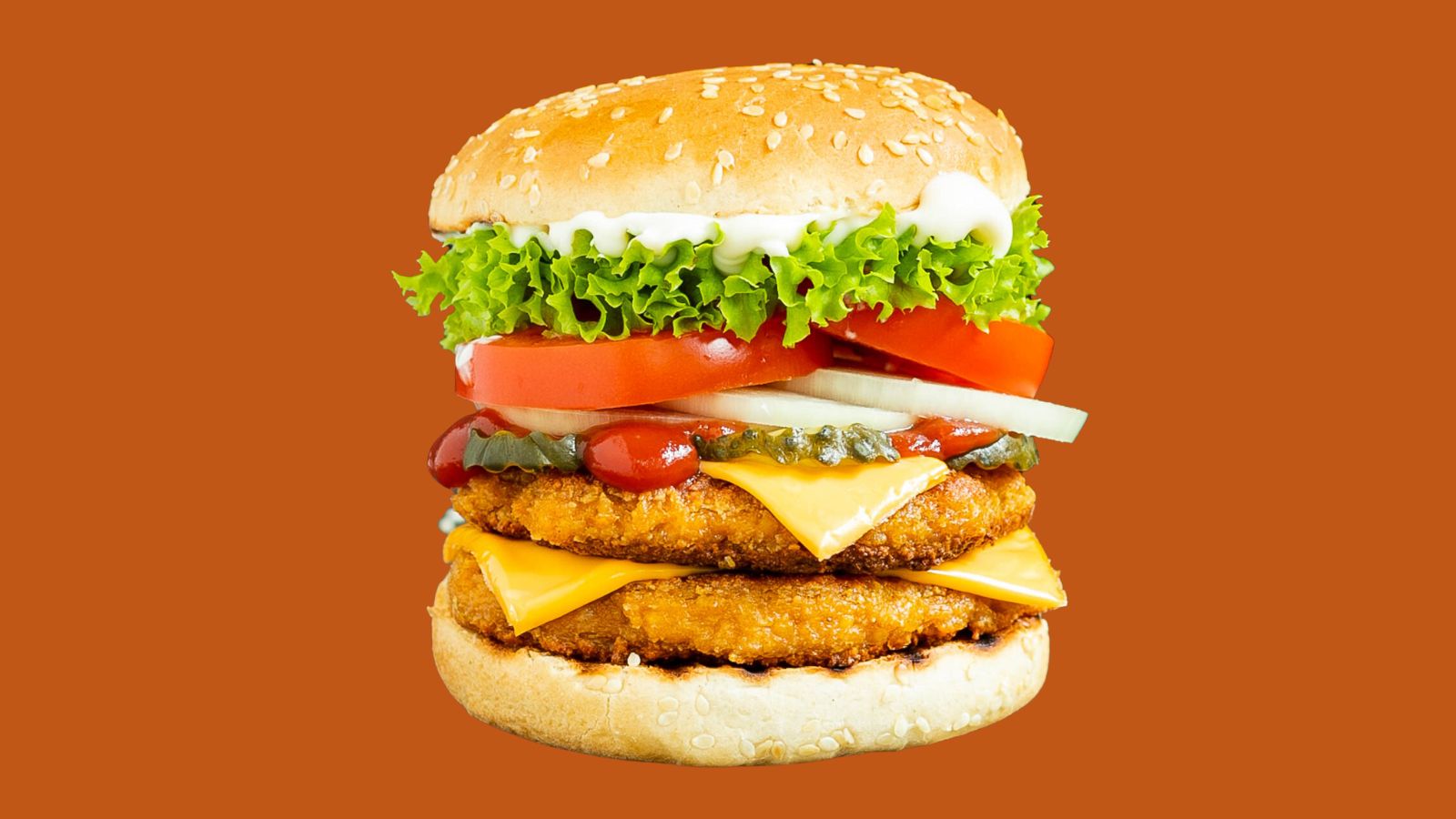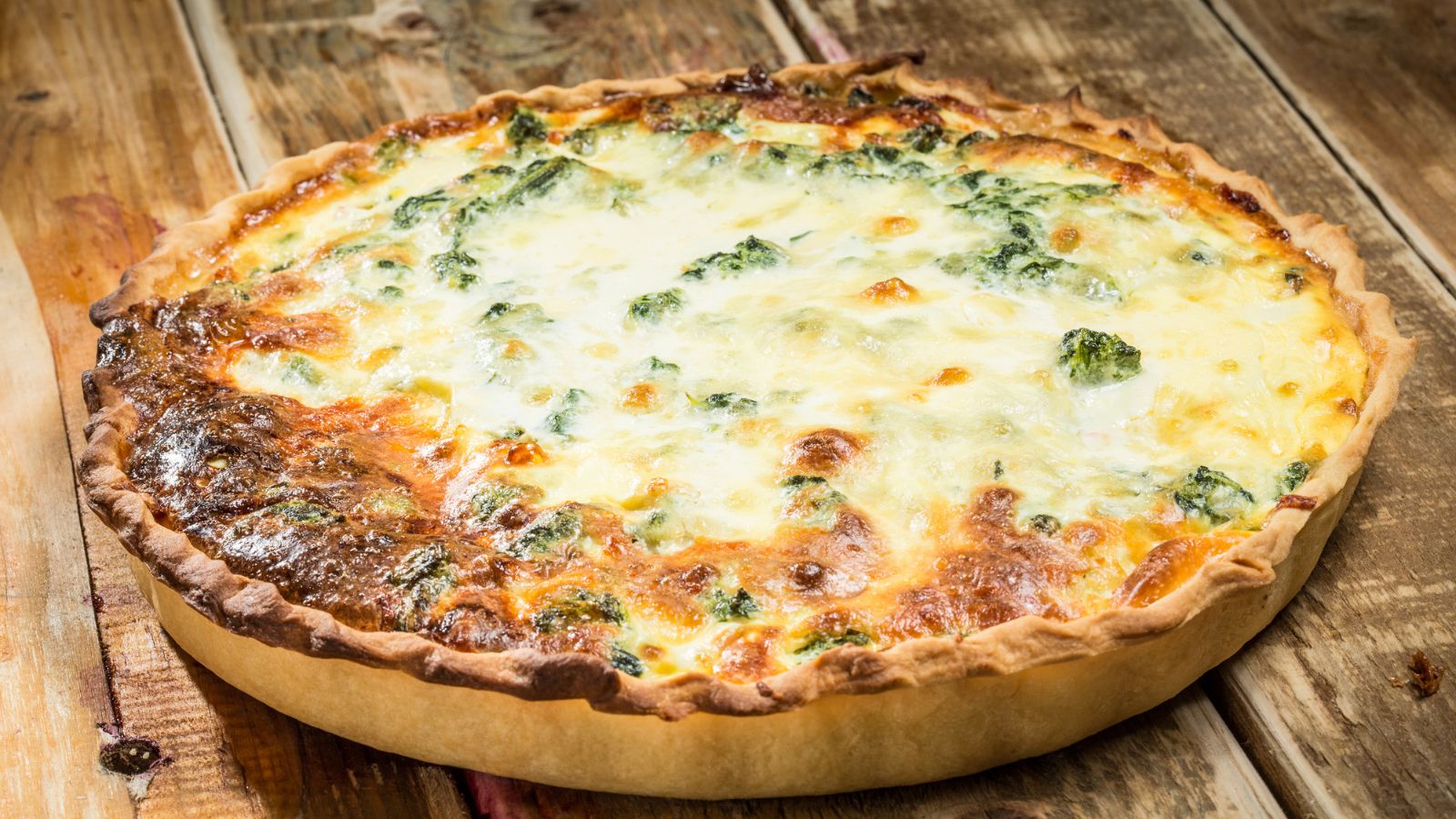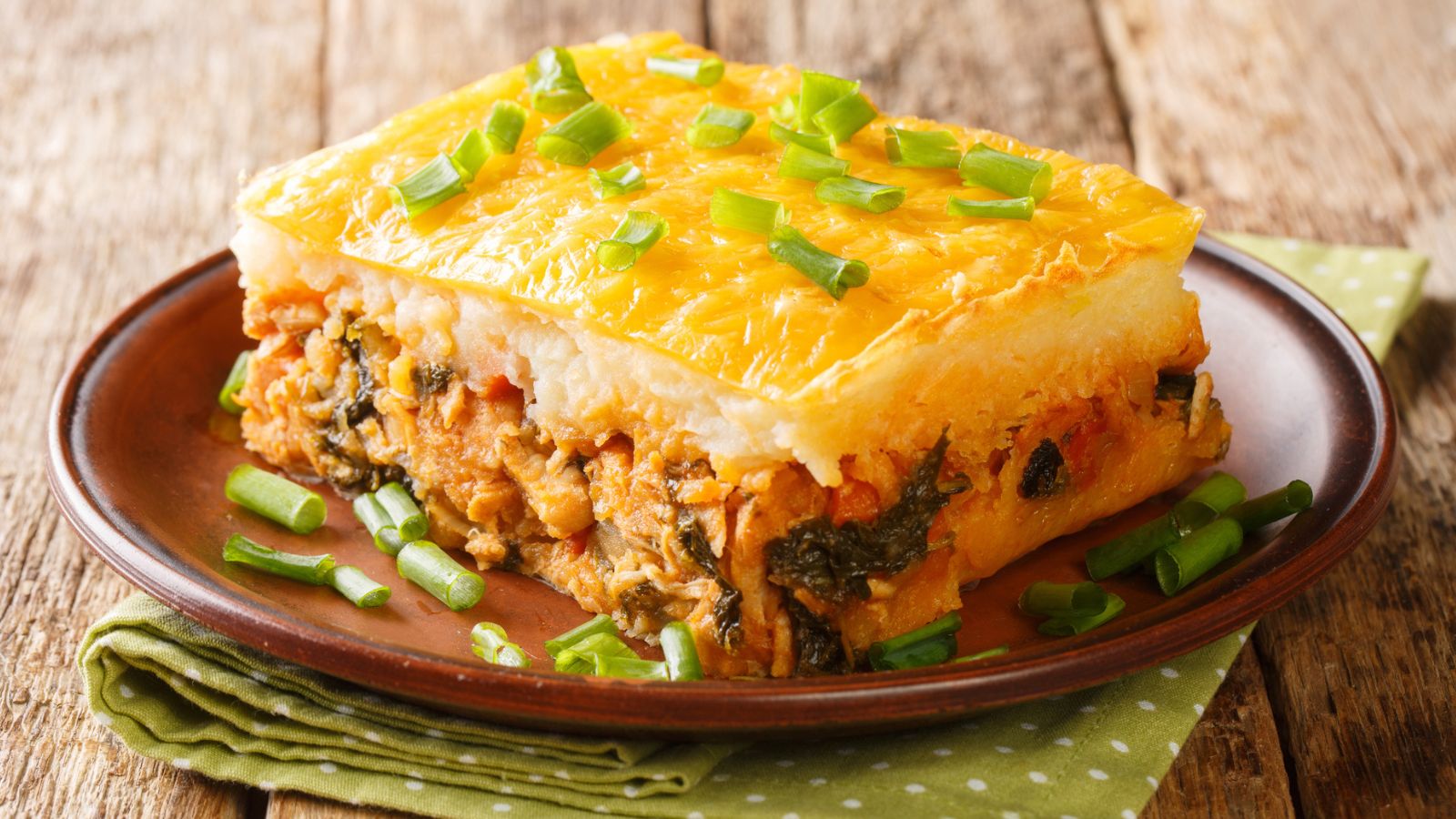The culinary world is full of unexpected creations that have left an indelible mark on our palates and culture. From the humble beginnings of simple ingredients, these 15 unexpected culinary creations have revolutionized the way we eat and think about food. From the invention of the sandwich to the fusion of cuisines in the form of sushi burritos, these groundbreaking dishes have transcended borders and generations, proving that innovation and experimentation are at the heart of culinary evolution. Join us on a journey through the unexpected and delicious as we explore these culinary revolutions that have shaped the way we experience food.
Ice Cream Cones

During the 1904 World’s Fair, Ernest Hamwi found himself preparing wafer desserts near an ice cream stand. Surprisingly, it was the ice cream vendors who took notice and approached him to buy the waffles, amusingly referring to them as cornucopias.
Corn Flakes

Dr. John Kellogg and Will Kellogg embarked on a mission to create a nutritious vegetarian food by toasting wheatberries. In a moment of forgetfulness, they accidentally baked the grains into thin, crunchy flakes. Inspired by this serendipitous mishap, they replicated the process with corn, giving birth to the delicious flakes we know today.
Chocolate Chip Cookies

Facing a shortage of baker’s chocolate, the resourceful owner of the Tollhouse Inn decided to improvise by chopping up chunks of sweetened chocolate instead. With hopes that the chocolate would melt and transform the cookies into chocolaty delights, she incorporated them into the batter. Little did she know, this would be the birth of a classic mistake-turned-success in the world of baking.
Nachos

In Piedras Negras, Mexico, Ignacio “Nacho” Anaya, the maître d’ at the Victory Club restaurant, found himself faced with a sudden challenge when a group of ten hungry military women from Fort Duncan Army installation crossed the border and requested lunch. With quick thinking and ingenuity, Nacho improvised by generously covering a platter of tostadas with grated cheese, giving it a quick run through the salamander to melt the cheese, and finishing it off with a spicy kick of jalapenos. Little did he know, this impromptu creation would become a legendary dish that still delights taste buds to this day.
Popsicles

In the vibrant city of San Francisco in 1905, a young boy named Frank Epperson embarked on a delicious accident that would forever change the frozen treat scene. Curiosity led him to mix sugary soda powder, which he left sitting out overnight. The frigid temperatures worked their magic, freezing the concoction. The next morning, as he savored the icy creation, he christened it an Epsicle. Fast forward to 1924, and Frank, now a patent holder, heeded the playful suggestion of his children and rebranded his invention as the iconic Popsicle, a delightful wordplay on “Pop’s ‘Sicle.”
Chimichangas

Legend has it that in the bustling kitchen of Arizona’s El Charro Café, the talented cook Monica Flin was preparing a late-night indulgence of burritos when an unexpected mishap occurred. Startled by her niece’s accidental collision, a burrito gracefully took flight, landing in a bubbling cauldron of hot oil. In that exhilarating moment, Flin exclaimed, “Chimichanga!” and thus, the beloved chimichanga emerged into the culinary world, capturing hearts and palates far and wide.
Worcestershire Sauce

Upon his return from the grandeur of Bengal, India, Lord Sandys of Worcester, England, found himself longing for the tantalizing flavors of his cherished Indian sauce. Fueled by his desire, he implored the enterprising proprietors of a local drug business, John Lea and William Perrins, to conjure something akin to his beloved concoction. Little did they know that their initial attempts would yield a pungent and fishy aroma, deterring them from showcasing the surplus blend in their store. Yet, fate had other plans as the mixture found refuge in their cellar for a remarkable two years, only to be rediscovered, bottled, and unveiled to an appreciative clientele.
Potato Chips

Emerging from the depths of culinary history, one of the world’s most adored (albeit not the healthiest) snacks owes its existence to a curious blend of indulgence and spite. Legend has it that in the year 1853, within the enchanting confines of Moon’s Lake House resort near Saratoga Springs, NY, a chef named George Crum found himself infuriated by a disgruntled patron’s dissatisfaction with his fried potatoes. Determined to teach the audacious customer a lesson, Crum embarked on a culinary vendetta, meticulously slicing the potatoes into ethereal, paper-thin wafers before subjecting them to a sizzling immersion in bubbling oil. Much to his surprise, the result was a triumph—a crunchy, delectable revelation that forever captivated taste buds worldwide. Hence, potato chips were born, forever etching their place in the annals of snack history.
Cheeseburgers

During the vibrant 1920s, a culinary mishap transformed into a stroke of genius that forever altered the course of burger history. Within the bustling confines of Rite Spot cafe in Pasadena, California, a young and aspiring cook by the name of Lionel Sternberger encountered a moment of culinary serendipity. As fate would have it, a hamburger found itself slightly charred under Sternberger’s watchful gaze. Undeterred by the culinary setback, he deftly concealed the blemished patty with a heavenly slice of cheese, transforming the ordinary into something extraordinary. To his delight and astonishment, the customer who received this accidental creation was left enthralled by its irresistible flavors. Thus, the iconic invention we now know as the cheeseburger was born, forever weaving its delectable presence into the tapestry of American cuisine.
Coca Cola

While intent often shapes our greatest endeavors, sometimes the most remarkable outcomes arise from unexpected detours. In the case of John Pemberton, the creator of the globally cherished beverage Coca-Cola, his initial vision diverged from the path it eventually traversed. Pemberton’s original aspiration was to formulate a medicinal elixir capable of alleviating an array of afflictions, ranging from bothersome headaches to stubborn digestive troubles. Intriguingly, his early concoction incorporated alcohol, intending to merge potency with potency. However, when the state of Georgia enacted prohibition, Pemberton ingeniously adapted his creation into a sweet, nonalcoholic elixir that swiftly captured the collective thirst of a nation. Thus, Coca-Cola, the beloved elixir that transcended borders and generations, began its effervescent journey, forever quenching the thirst of millions worldwide.
Slushy

Innovation often springs from unexpected circumstances, and the story of Omar Knedlik, the visionary behind Dairy Queen, is a testament to this truth. When faced with a malfunctioning soda machine in the late 1950s, Knedlik ingeniously devised a creative solution. He placed a handful of soda bottles in the freezer, inadvertently giving birth to a delightful frozen concoction resembling a slushy. Captivated by its icy allure, customers fervently demanded this newfound icy delight. Determined to meet the growing demand, Knedlik embarked on a journey to refine his creation. Through ingenuity and perseverance, he developed a revolutionary machine that blended and froze a harmonious blend of flavor mix, water, and carbon dioxide. This ingenious innovation paved the way for his product’s success, eventually gracing the shelves of convenience stores and 7-Eleven outlets, delighting countless customers with the frozen sensation we now know as a beloved part of Dairy Queen’s legacy.
Raisins

In the distant realm of antiquity, around 2000 BC, an intriguing discovery unfolded among the sprawling grapevines. Nestled amidst the lush foliage, people stumbled upon grapes that had transformed into shriveled, dried forms—what we now fondly call raisins. At first, these curious morsels served a different purpose altogether. Rather than being sought after for bartering, athletic rewards, or medicinal properties, they adorned various settings as intricate decorations. Their unique texture and captivating appearance made them objects of fascination, adding a touch of allure and splendor to the ancient world. Little did they know that this humble beginning would pave the way for the multifaceted role raisins would come to play in the realms of trade, celebration, and well-being.
Yogurt

Through the mists of time, stretching back to the ancient annals of history, the origins of yogurt emerge. Tracing its roots to the captivating land of Turkey, it is believed that yogurt was crafted as early as the 6th century BC. Curiously enough, the genesis of this delightful culinary delight was a serendipitous occurrence amidst the pastoral landscapes of Central Asia. Resourceful herdsmen, seeking practical ways to preserve their surplus goat’s milk, ingeniously employed containers fashioned from animal stomachs—a clever solution for their on-the-go sustenance. It was a revelation when these herdsmen unsealed their unique vessels, discovering that the milk had undergone a remarkable transformation. Thickened and imbued with a tangy flavor, the milk had unwittingly undergone a metamorphosis into what we now know as yogurt. This unexpected journey from humble storage method to accidental culinary invention is owed to the flourishing of beneficial bacteria within the stomach bags, forever etching yogurt into the annals of gastronomic history.
Champagne

Throughout the hallowed halls of wine production, a captivating tale unfolds, recounting the journey of Champagne. In a bygone era, the diligent monks, dedicated to perfecting their craft, tirelessly sought to remove the elusive bubbles from their beloved white wines. Unbeknownst to them, these effervescent delights were not their original ambition, and the unpredictable nature of the fizz often led to the shattering of delicate glass bottles. However, as time unfolded and advancements in glassmaking emerged, a new era dawned. The fortified glass vessels offered resolute strength, allowing the wines to age gracefully and intensify their sparkling essence. Guided by the discerning palate of Benedictine monk Dom Pierre Pérignon, the brethren, alongside the world at large, embraced the resplendent creation—the sparkling wine that would forever be entwined with joyous celebrations, known today as Champagne.
Beer

The origins of beer can be traced back to the ancient civilization of Sumeria, where its first mention in history emerged during the sixth century BC. While the exact circumstances remain shrouded in the mists of time, the prevailing belief is that beer was a fortuitous discovery born from the process of bread preparation. As narrated by beer consultant Horst Dornbusch, the fateful occurrence may have transpired when bread was inadvertently exposed to the elements, perhaps rain, during outdoor baking. Thus, through this serendipitous encounter, the delightful elixir we now know as beer came into existence, forever entwining itself with human culture and enjoyment.
22 No-Fail Potluck Dishes Everyone Will Want the Recipes For

20 Dishes Every Home Cook Should Know How to Make

Recipes You Should Know How To Make
Cook Once, Eat All Week with These 20 Easy Batch Cooking Recipes

15 Healthy Sheet Pan Dinners to Simplify Your Weekly Meal Plan




Leave a comment